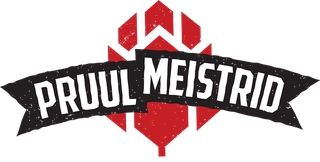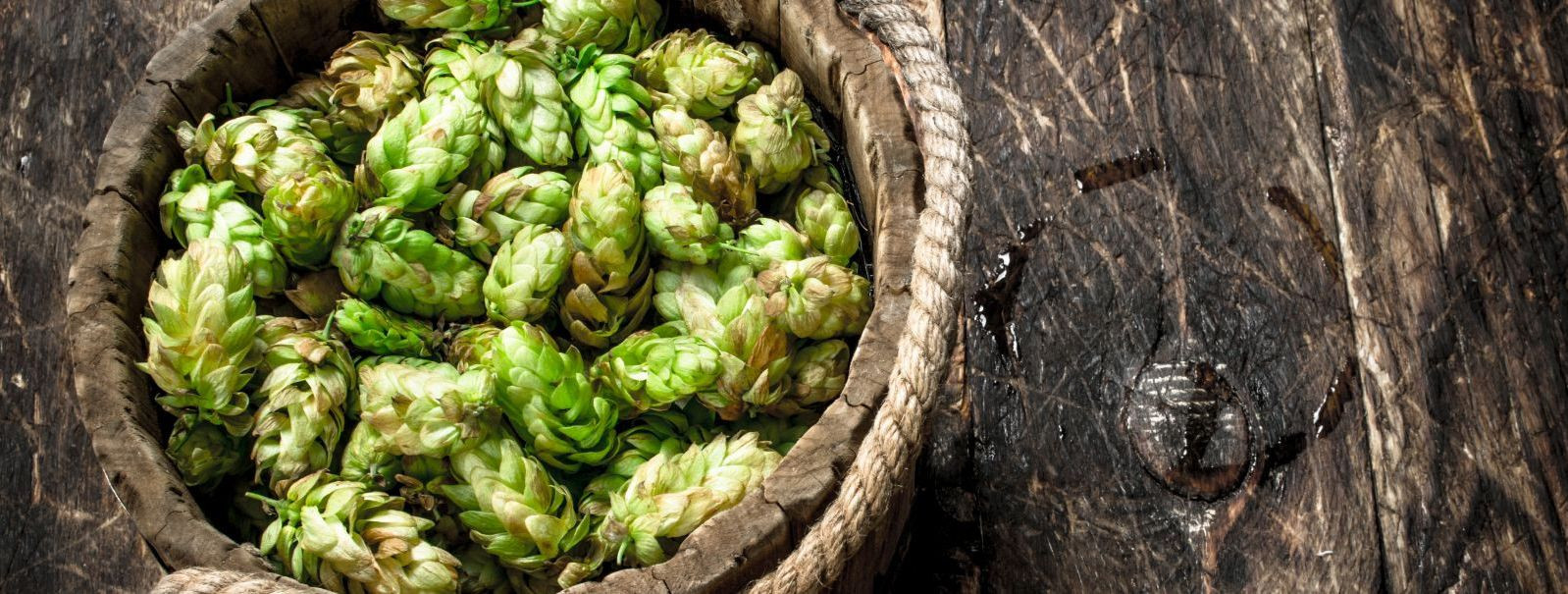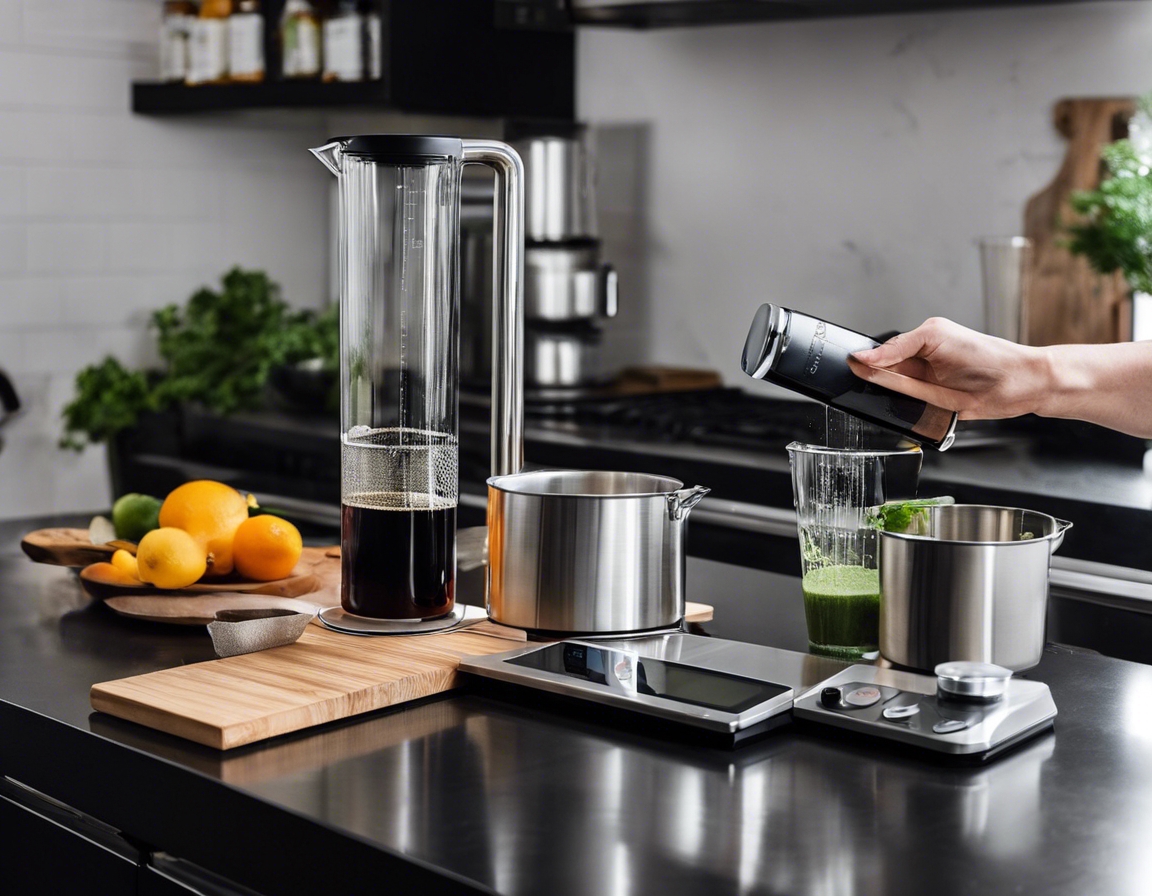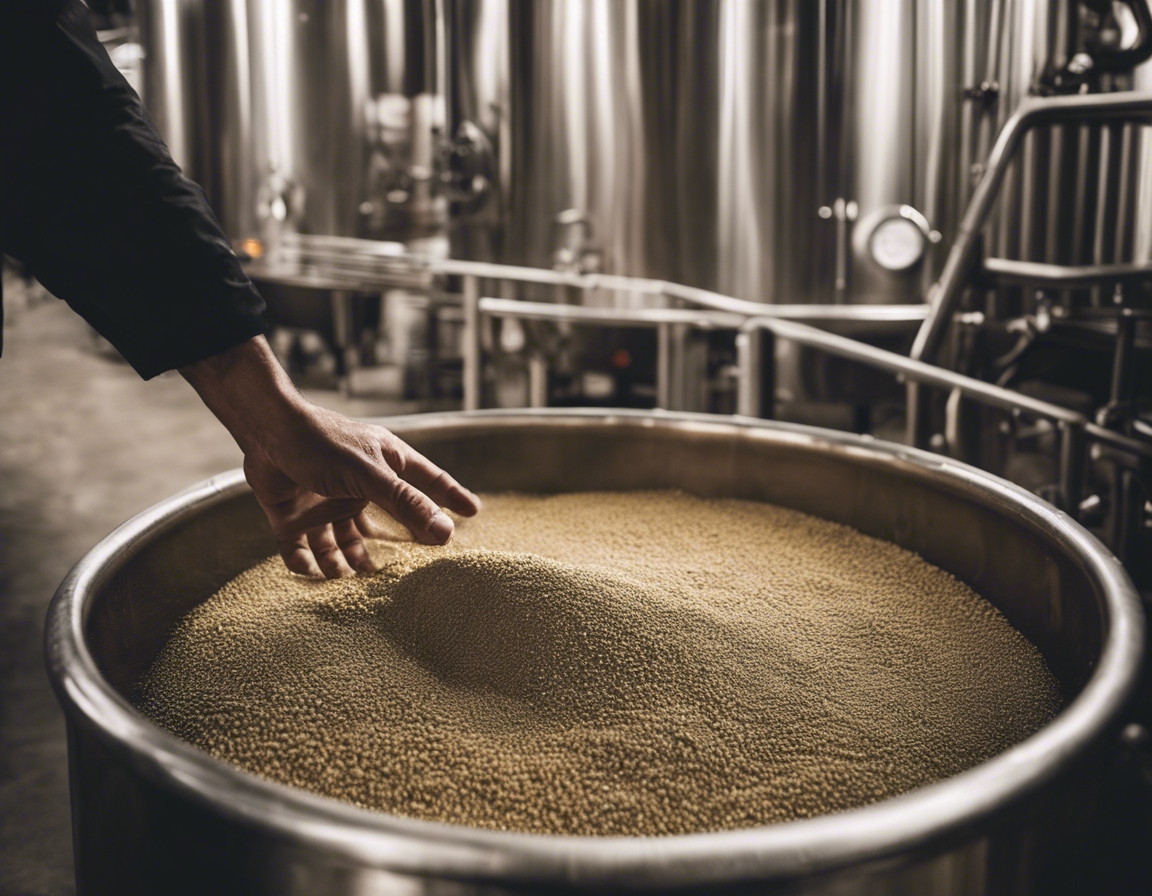The beginner's guide to using hops pellets
Hops pellets are a form of hops that have been processed and compressed into small, cylindrical pellets. They are made by grinding whole hops, removing excess vegetative material, and then pressing the concentrated lupulin and essential oils into a compact shape. This form is favored by many brewers for its ease of storage, handling, and consistency in brewing.
Using hops pellets offers several advantages over whole leaf hops. They have a longer shelf life, occupy less storage space, and their uniform size allows for more accurate measurements and consistent brewing results. Additionally, pellets typically yield a higher utilization rate, meaning more bitterness, flavor, and aroma can be extracted compared to whole leaf hops.
Types of Hops Pellets
Bittering hops pellets are high in alpha acids, which contribute to the beer's bitterness. They are typically added at the beginning of the boil to extract their bittering compounds.
Aroma hops pellets are lower in alpha acids and are rich in essential oils that impart distinct flavors and aromas to the beer. They are often added towards the end of the boil or during fermentation.
Dual-purpose hops pellets can be used for both bittering and aroma, offering a versatile option for brewers who want to simplify their ingredient list while still achieving a complex flavor profile.
Selecting the Right Hops Pellets for Your Brew
Each variety of hops pellets has a unique profile, including its alpha acid content, essential oil composition, and flavor characteristics. Familiarizing yourself with these profiles is key to choosing the right hops for your beer.
When selecting hops pellets, consider the beer style you are aiming to create. Different styles have traditional hops that are commonly used to achieve the desired taste and aroma.
Storing Hops Pellets
To maintain the quality of your hops pellets, store them in a cool, dark place, preferably in an airtight container. Oxygen, light, and heat are the enemies of hops, as they can lead to the degradation of alpha acids and essential oils.
Hops pellets can last for several years when stored properly. However, for the best brewing results, it is recommended to use them within a year of purchase to ensure maximum freshness and potency.
Using Hops Pellets in Brewing
Accurate measurement is crucial for achieving the desired bitterness and flavor in your beer. Use a digital scale to weigh your hops pellets to ensure precision.
Hops pellets can be added directly to the boil or placed in a hop bag for easier removal. They will quickly dissolve and disperse throughout the wort, releasing their bittering compounds and essential oils.
The timing of when you add hops pellets to your brew will significantly impact the beer's flavor and aroma. Early additions contribute to bitterness, while late additions enhance aroma and flavor.
Tips for Maximizing Flavor and Aroma
Dry hopping involves adding hops pellets to the fermenter after the boil, which can impart intense hop aromas without additional bitterness. This technique is popular for styles like IPAs.
Blending different varieties of hops pellets can create unique flavor profiles. Don't be afraid to experiment with combinations to find the perfect balance for your brew.






Comments (0)